in order to make sure you get getting the right amounts of proteins, fats, and carbs,
you need to calculate your nutrition intake. Keeping a log for a few days at a time
can help you to make better calculations.
Step 1:
Start by recording the amount of food you have eaten throughout the day, making a
note of the calories, fats, proteins, and carbohydrates. You can use nutrition fact
labels for the ingredients you use in regular cooking, or the USDA website for more
specific information on the raw foods you are preparing. Packaged foods like canned
tuna or meat should have a nutrition facts label. Restaurants should list this
information on their website.
Step 2:
Add your total intake for each category at the end of the day
Step 3:
With your totals on hand, multiply your total grams of carbohydrates by four. This is
the number of calories in one gram. This helps you determine how many calories
total in your diet come from carbohydrates.
For example: If you have a standard diet of 2,000 calories, 150 grams of which are
carbs, then a total of 600 or 30% of your calories are from carbs.
Step 4:
Once you have done this, multiply the total grams of fat by nine. This is the number
of calories in one gram of fat. For example, if 80 grams of fat are consumed in one
day, using the 2000 calorie example above, then 720 calories are derived from fat.
Step 5:
Now it is time to calculate the protein. Multiply the total protein by four. This is the
number of calories in one gram. For example, if 50 grams of fat are consumed in one
day, using the 2000 calorie example above, then 200 calories are derived from fat.
Be cautious about the size of your servings. For example, if you are reading the
nutritional intake information on a label for wild rice, remember that it is for one
serving size which might be the same as one cup. If, then, you consumed two cups,
multiply this information by two.
There is an online nutritional intake tracker you can use online called the USDA
SuperTracker or Bodybuilder.com. The online trackers can take into account things
like age, sex, height, weight, fitness goals, and activity in order to give you more
precise information not only on nutrition intake, but on calories burned based on
activity level.
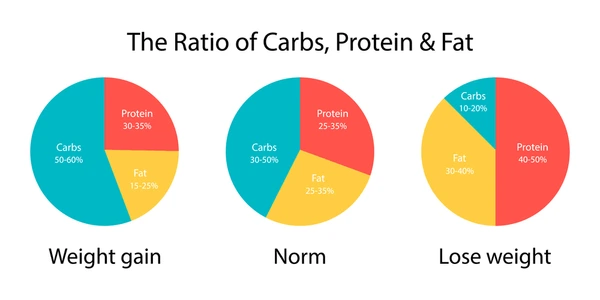


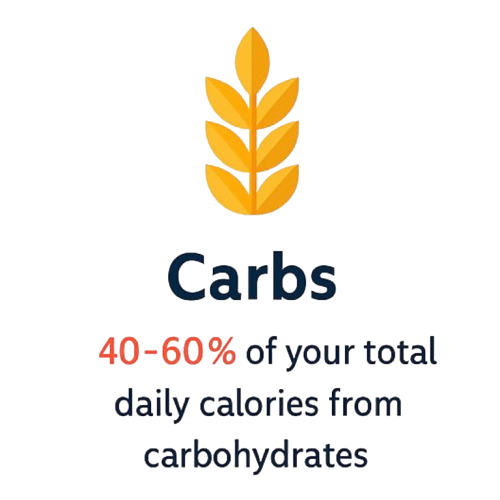
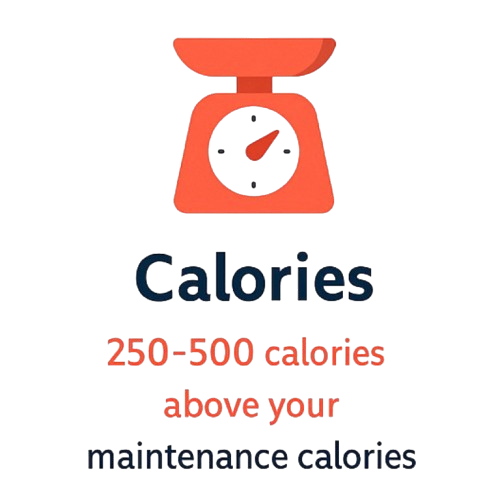
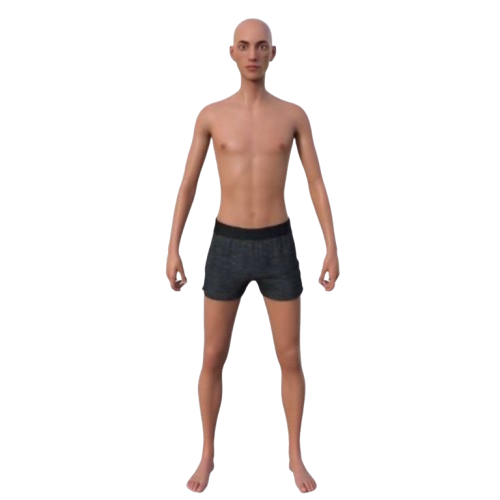
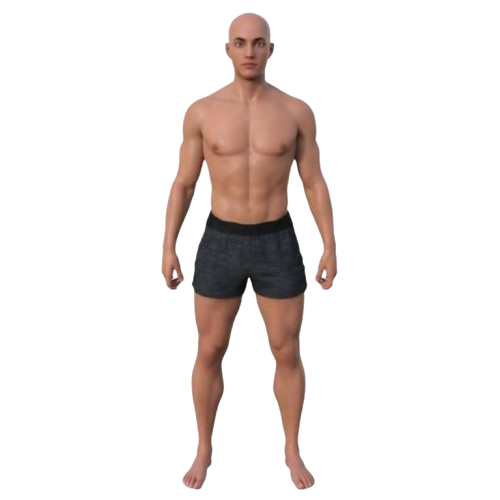

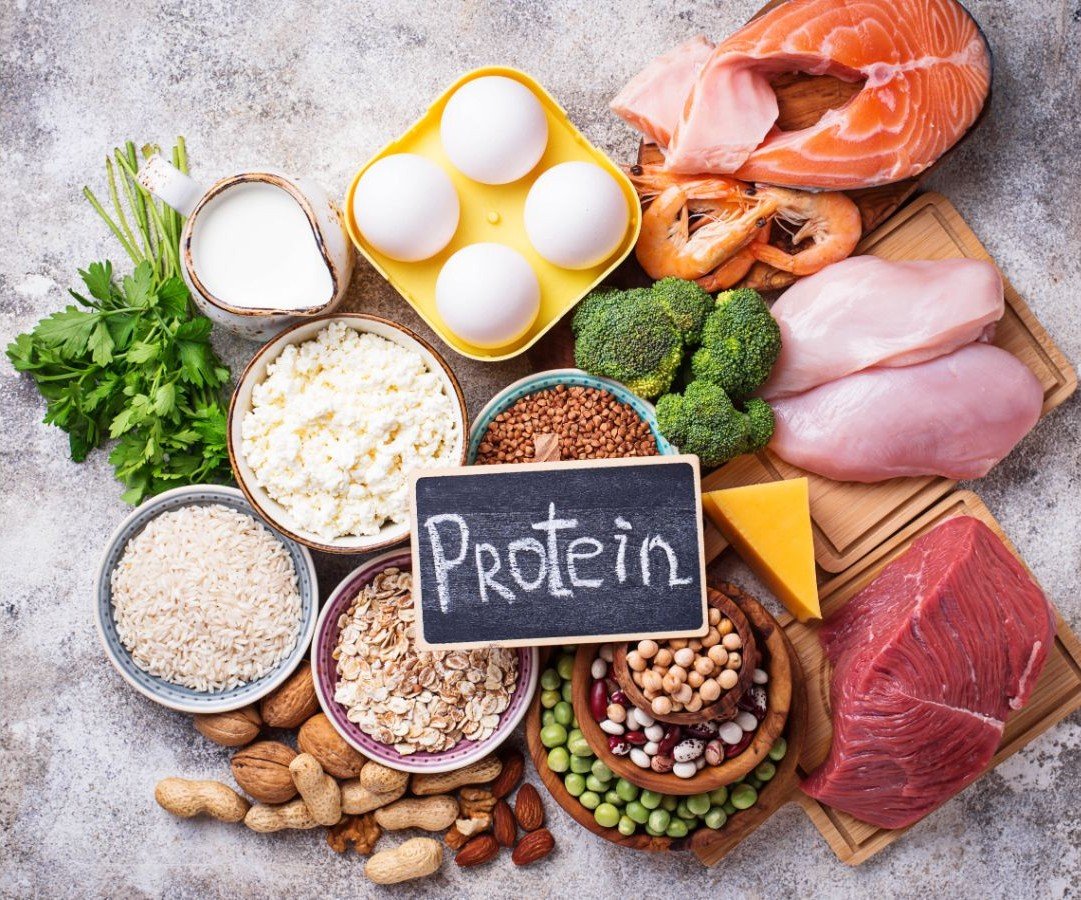
 Soybean flour
Soybean flour
 Cheese
Cheese
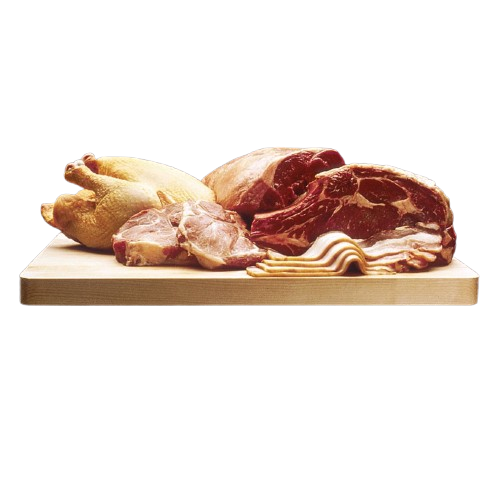 Meat and fowl
Meat and fowl
 Fish
Fish
 Eggs
Eggs
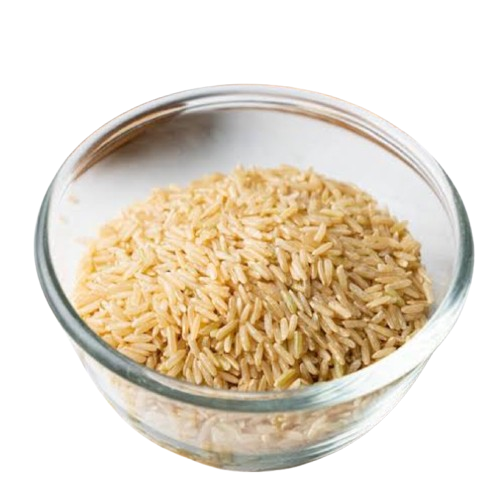 Brown rice
Brown rice
 Milk
Milk
 Lean beef
Lean beef
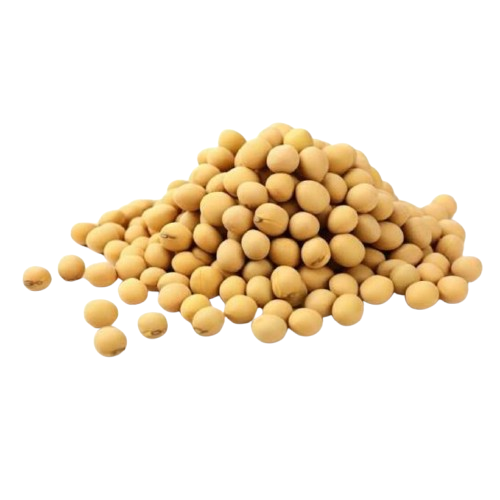 Soybeans
Soybeans
 Dry beans
Dry beans
 Peanuts
Peanuts
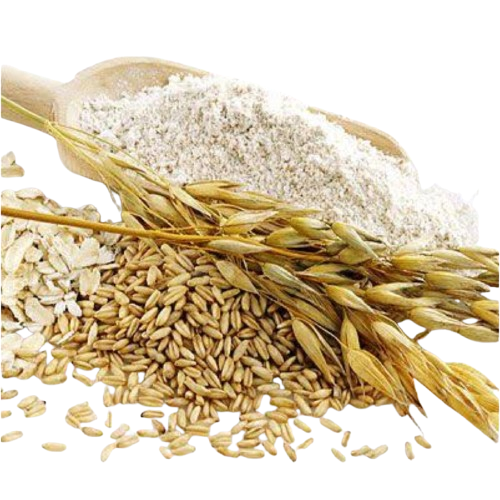 Whole-grain wheat
Whole-grain wheat
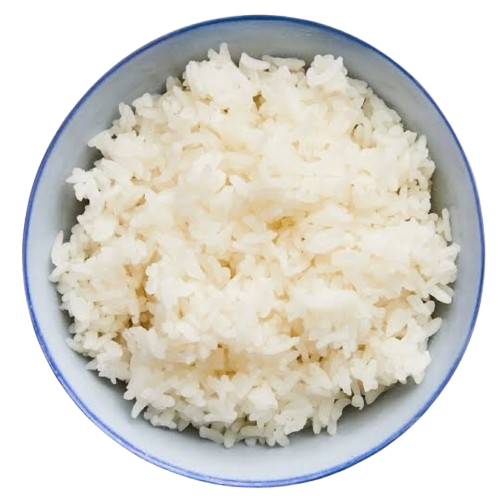 White rice
White rice
 White potato
White potato

 White rice (dry)
White rice (dry)
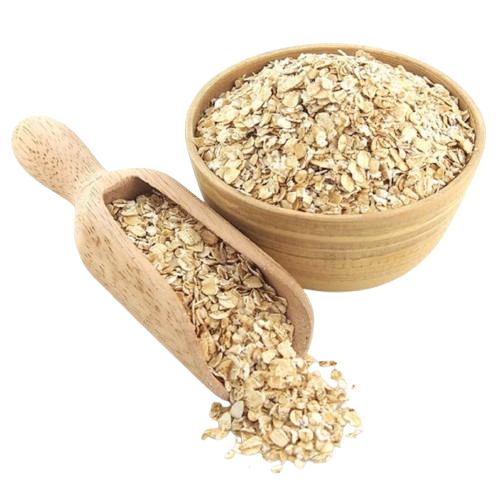 Oats
Oats
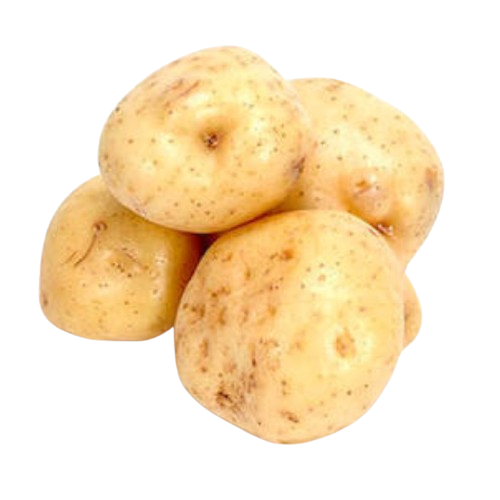 Potatoes
Potatoes
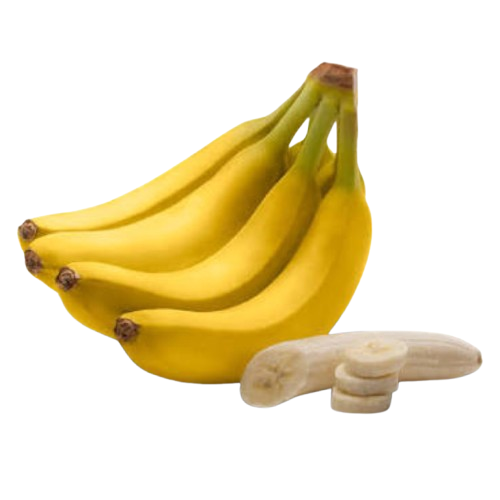 Banana
Banana
 Whole wheat bread
Whole wheat bread
 Apple
Apple

 Beef
Beef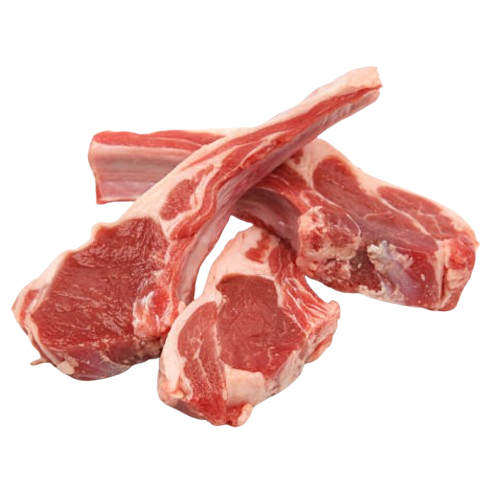 Lamb
Lamb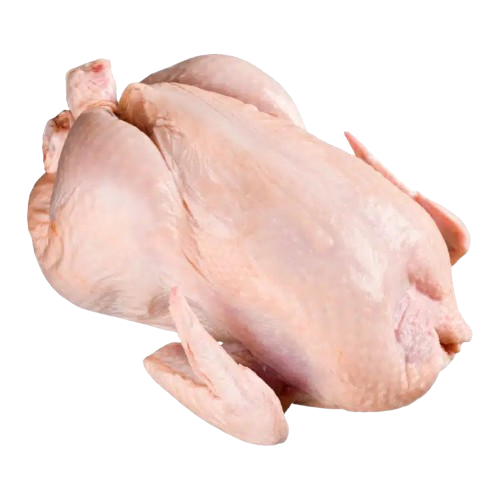 Chicken
Chicken Shellfish
Shellfish Egg yolks
Egg yolks Cream
Cream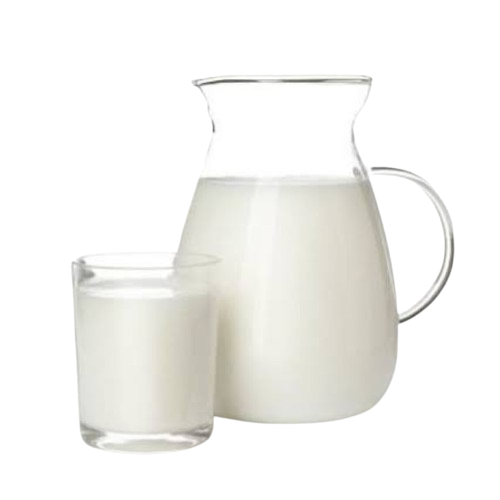 Milk
Milk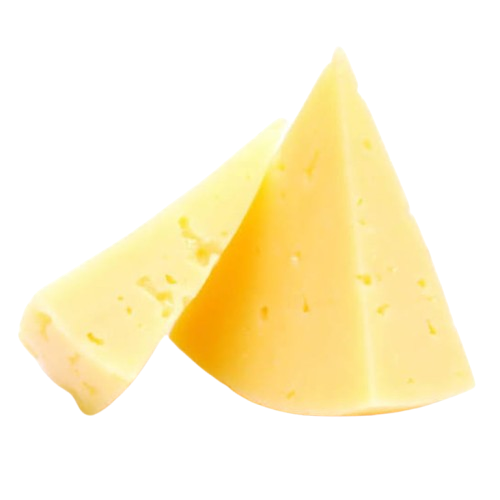 Cheese
Cheese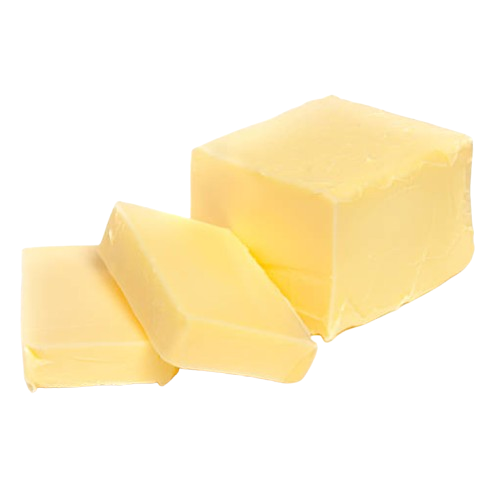 Butter
Butter Chocolate
Chocolate Lard
Lard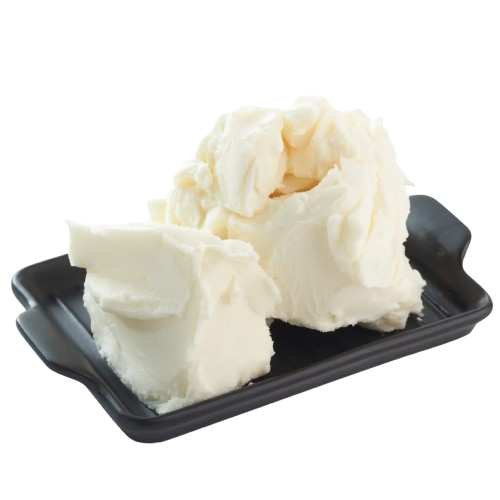 Vegetable shortening
Vegetable shortening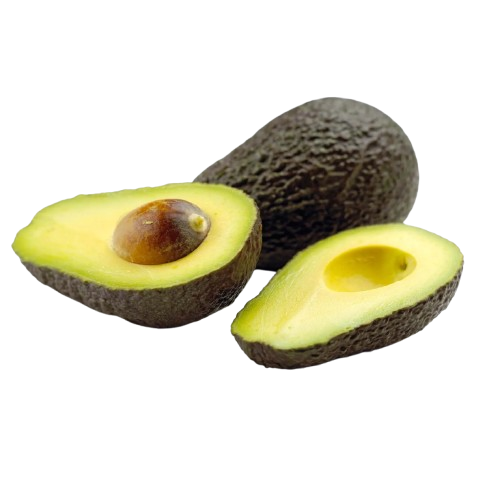 Avocados
Avocados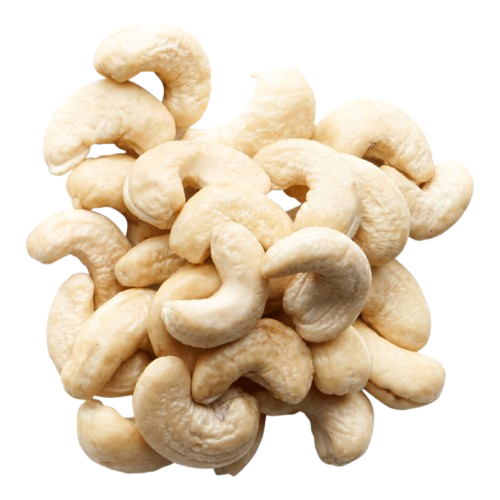 Cashews
Cashews Olives & Olive oil
Olives & Olive oil Peanuts / Peanut butter / Peanut oil
Peanuts / Peanut butter / Peanut oil Almonds
Almonds Cottonseed oil
Cottonseed oil Margarine (usually)
Margarine (usually) Pecans
Pecans Sunflower oil
Sunflower oil Corn oil
Corn oil Fish
Fish Mayonnaise
Mayonnaise Safflower oil
Safflower oil Soybean oil
Soybean oil Walnuts
Walnuts

